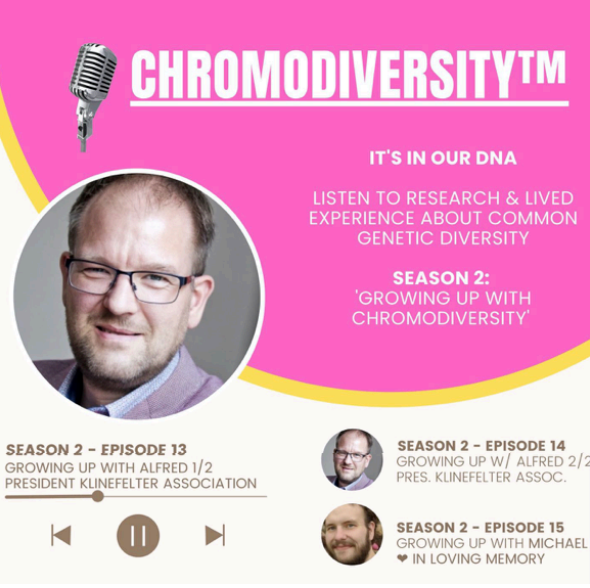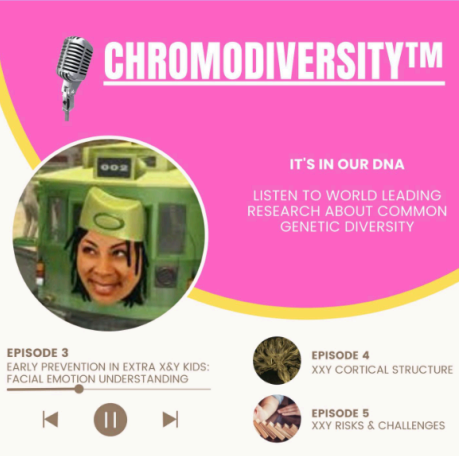Social-Emotional Development
Social-emotional development refers to a child’s growing ability to interact with parents, siblings, and others. It forms the foundation for other areas of development as social interactions enable children to learn by observing and imitating the behaviors of those around them.
Developmental monitoring is a recommended part of routine well-child care visits for all infants, regardless of current concerns or genetic differences.
The American Academy of Pediatrics (AAP) advises monitoring for developmental delays at every well-child visit. Standardized screening tools are recommended at 9, 18, and 30 months, with additional autism screenings at 18 and 24 months. While guidelines may vary globally, the principle remains the same: early monitoring facilitates early intervention, leading to better health outcomes and quality of life¹.

“Is it one floor you will build or is it twenty?
Early diagnosis is the foundation”

Social-Emotional Development Monitoring
When social-emotional development challenges go unaddressed in early childhood, they can have a domino effect, potentially leading to lifelong issues that compound over time. Early monitoring, support, and accommodations can safeguard against future social, emotional, behavioral, and cognitive difficulties, even in the absence of obvious signs of concern.
Early monitoring is especially important for children with DNA differences, as they may have a higher likelihood of sensory and socio-emotional differences, such as ADHD or autism². For instance, research shows that 44% of young children with an extra X or Y chromosome experience delays in reaching certain milestones³.
The good news is that early intervention can help address these challenges. For example, research suggests that some young children with X and Y variations struggle more than their peers with facial emotion recognition. However, targeted neurocognitive training for just 15 minutes a day over one month has been shown to bring their performance back to the typical range of their peers⁴.
Early Impact on ADHD
Early Impact on Austism
Early Intervention
-
Routine monitoring from age 1 for attention and regulatory challenges
-
Professional evaluation and evidence-based support if challenges are present
-
Fidget toys, outdoor breaks, and assistive tech e.g., reminder apps
-
Promote strengths
Likelihood
1 in 4 children (XXY, XYY, XXX)
1 in 5 children (XXY, XXX)
1 in 3 children (XYY)
Trajectory
First Signs
1 to 6 years old
1 to 8 years old
Strengths
-
Creativity
-
Enthusiasm
-
Energy
-
Honesty
-
Independent constructive play
-
Visual and pattern thinking
-
Predicts inattentiveness/ distraction
-
Predicts self-regulation challenges and/or sensation seeking behaviors (XXY, XXX, XYY)
-
Predicts hyperactivity (XYY)
-
May evolve over time
-
Little eye contact or social play
-
Predicts sensory overload, social anxiety, and communication challenges
-
Repetitive behaviors less likely than in other autistic children
-
May evolve over time
-
Routine monitoring from age 1 for sensory and social challenges
-
Professional evaluation and evidence-based support if challenges are present
-
Quiet spaces, squeeze toys, visual aids, Augmentative and Alternative communication (AAC) devices
-
Promote strengths
Impact of an Extra X or Y Chromosome on Early Age Development
Why It Matters?
Takeaway
Schedule regular well-child care visits with your doctor and, if available, track milestones typical of your child’s genetic variation. Screen in particular for self-regulation, executive function, and social development differences. Consult a child psychologist or developmental pediatrician, preferably with experience of your child’s genetic variation, to discuss prevention and set a developmental plan if necessary.
Consider sharing this resource with your child's healthcare professional or school if you feel it could be helpful.

Further Reading
-
Thompson, T., Bothwell, S., Janusz, J., Wilson, R., Howell, S., Davis, S., Swenson, K., Martin, S., Kowal, K., Ikomi, C., Despradel, M., Ross, J., & Tartaglia, N. (2024). Quantifying the Spectrum of Early Motor and Language Milestones in Sex Chromosome Trisomy. medRxiv : the preprint server for health sciences, 2024.08.16.24312065. https://doi.org/10.1101/2024.08.16.24312065
-
Lipkin, P. H., Macias, M. M., & Council on Children with Disabilities, Section on Developmental and Behavioral Pediatrics. (2020). Promoting optimal development: Identifying infants and young children with developmental disorders through developmental surveillance and screening. Pediatrics, 145(1), e20193449. https://doi.org/10.1542/peds.2019-3449
-
Bouw, N., Swaab, H., & van Rijn, S. (2022). Early Preventive Intervention for Young Children With Sex Chromosome Trisomies (XXX, XXY, XYY): Supporting Social Cognitive Development Using a Neurocognitive Training Program Targeting Facial Emotion Understanding. Frontiers in psychiatry, 13, 807793. https://doi.org/10.3389/fpsyt.2022.807793
-
Kuiper, K. C., Swaab, H., Tartaglia, N., van Buggenhout, G., Wouters, C., & van Rijn, S. (2022). The developmental impact of sex chromosome trisomies on emerging executive functions in young children: Evidence from neurocognitive tests and daily life skills. Genes, brain, and behavior, 21(6), e12811. https://doi.org/10.1111/gbb.12811
© 2025 My XXY | Chromodiversity™ Foundation. All Rights Reserved. Please note this content is not medical advice and is for informational purposes only. For further resources, visit chromodiversity.org.
.png)